This week, the new and ultra-efficient Toyota Prius Plug-in hybrid is launching to the UK’s reviewers, road testers and motoring writers.
We’ll be bringing you more for the event this week, and we’ll report back on the reviews as they come in so you can find out all about the car from the independent experts.
To coincide with the launch, we asked for your questions about the car, and we can now bring you the answers.
Read on for all you need to know about the Prius Plug-in – and don’t forget to leave us a comment below if your question hasn’t been answered yet.
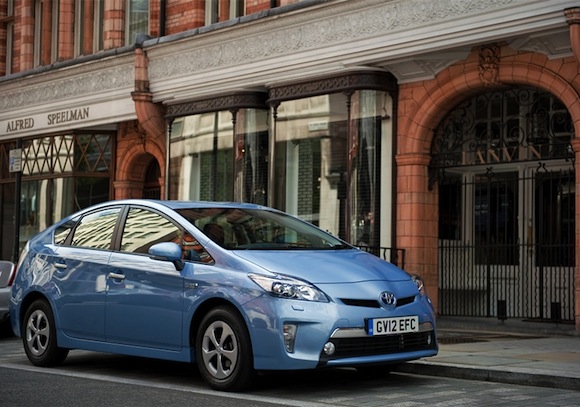
How does the Prius Plug-in work?
The Prius Plug-in is what we term a PHEV, or plug-in hybrid electric vehicle. It uses a development of Toyota’s Hybrid Synergy Drive system that combines a rechargeable lithium-ion battery with a 1.8-litre petrol engine to deliver smooth, refined and ultra-efficient driving and incredible economy.
The lithium-ion battery means it can drive approximately 15.5 miles purely on electric power, meaning low running costs and zero emissions.
What is the range of the Prius Plug-in?
The electric-only range of the Prius Plug-in is approximately 15.5 miles, enabling typical commuter journeys to be accomplished with zero tailpipe emissions. Thanks to the hybrid powertrain’s petrol engine, Prius Plug-in is equally able to accomplish long distance trips.
Once the car has reached the limit of its EV driving range, it automatically operates in full hybrid mode, with the petrol engine coming into play. This means there is none of the concern about whether the car can reach its destination without running out of power – the ‘range anxiety’ that is typically associated with full electric vehicles.
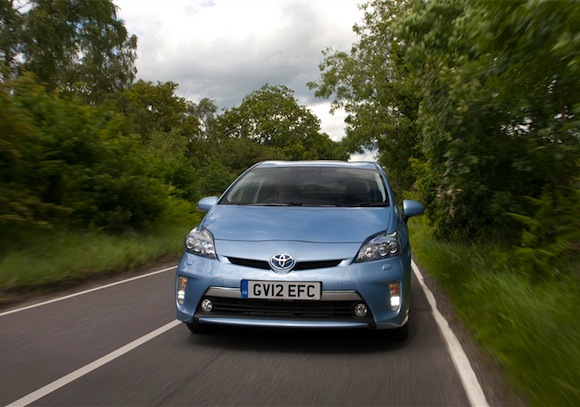 How much does the Toyota Prius Plug-in cost?
How much does the Toyota Prius Plug-in cost?
Prices for the Toyota Prius Plug-in start at £32,895 on the road, but this falls to £27,895 with the benefit of the £5,000 Government grant available on new plug-in vehicle purchases, provided through the Office for Low Emission Vehicles (OLEV).
What is the CO2 emissions figure of the Prius Plug-in?
The Prius Plug-in achieves a new low benchmark in its class with official CO2 emissions of 49g/km, way below the 100g/km threshold for UK road tax (VED).
What are the fuel consumption figures of the Prius Plug-in?
Official combined mpg figures are 78.5mpg in HV (hybrid vehicle) mode. When you drive solely in EV (electric vehicle) mode, the Prius Plug-in uses no fuel. However, official figures been calculated for EV mode using a standard testing cycle which takes the average from one run with a fully charged battery and a second run with a depleted battery.
Do I need to charge the Prius Plug-in?
Not necessarily. If the Prius Plug-in’s battery is not charged, it simply performs as a ‘standard’ Toyota hybrid vehicle, using the engine and/or the electric motor depending on the driving conditions and battery state of charge.
However, charging the battery does ensure the highest levels of efficiency and zero-emissions driving, particularly in stop-start or low-speed conditions, so we recommend regular charging.
What happens when the EV battery on Prius Plug-in runs out of charge?
The car automaticlaly switches to HV (hybrid vehicle) mode and runs as a standard Toyota Hybrid, just like the normal Prius.
[youtube width=”580″ height=”400″]https://www.youtube.com/watch?v=hVe_-bps7hw[/youtube]What do I need to charge the Toyota Prius Plug-in?
The Prius Plug-in comes with a dedicated charging cable, which fits under the boot floor. This plugs into a standard domestic socket, but we recommend an isolated charge point is installed to protect against overloading your home’s system. Toyota’s recommended supplier of electric car charging points in British Gas, who will provide a free site survey to our customers. British Gas says it can supply a charging point for as little as £375 – find out more on the Toyota website. Buyers are not obliged to use British Gas.
How long does it take to fully recharge the Prius Plug-in?
Around 1.5 hours using a standard 240V electrical supply.
How long is the EV battery warranty?
The EV battery has a warranty of eight years. The Prius Plug-in benefits from the standard five-year Toyota Warranty.
What is the battery life of the Prius Plug-in?
The lithium-ion battery is designed to last the life of the vehicle.
How much heavier is the battery pack from the regular Prius?
The Lithium-ion battery in the Prius Plug-in weighs 80kg, the Nickel-Metal Hydride battery of the Prius weighs 42kg.
Does the EV battery take away space from the passenger compartment or luggage capacity?
Luggage capacity above the floor is only 2 litres smaller in the Prius Plug-in than in Prius, at 443 litres (compared with 446 litres for Prius). Below the floor, space is smaller – 40.5 litres vs. 48 litres. Total load volume increases to 1,120 litres when the rear seats are folded.
These figures were measured by the VDA method.
What is the fuel tank capacity of the Prius Plug-in?
45 litres.
 What is the 0-62mph time of the Toyota Prius Plug-in?
What is the 0-62mph time of the Toyota Prius Plug-in?
The 0-62mph time is 11.4 seconds. Top speed is 112mph.
How does the Prius Plug-in compare with the Prius in terms of performance?
The top speeds of the two cars are the same, at 112mph. The Prius has a 0-62mph time of 10.4 seconds, one second quicker than the Prius Plug-in.
Does the Prius Plug-in have a spare wheel?
The Prius Plug-in comes with a tyre repair kit to save weight.
Is DAB digital radio available on the Prius Plug-in?
DAB digital radio is available as a dealer-fit option.
Does the Prius Plug-in have Adaptive Cruise Control?
The Prius Plug-in has cruise control as standard. Adaptive Cruise Control is not available.
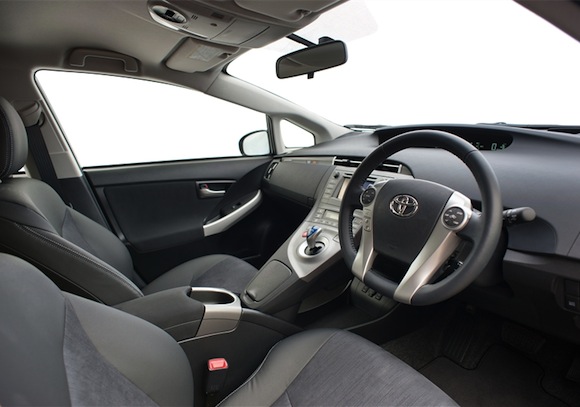 Can I pre-heat the interior of the Prius Plug-in before using it?
Can I pre-heat the interior of the Prius Plug-in before using it?
Pre-heating is not available on Prius Plug-in. This is because the car’s air conditioning is coordinated with the standard front seat heaters. This enables the system to reach a comfortable temperature for the driver and passenger more quickly and effectively, further improving efficiency.
When does the Prius Plug-in go on sale?
The Toyota Prius Plug-in is arriving in UK showrooms now (July 2012).
How can I book a test drive?
You can book a test drive in the Toyota Prius Plug-in on the Toyota UK website.
How can I read a brochure for the Toyota Prius Plug-in?
You can read the online eBrochure or order a paper brochure on the Toyota website, or find out more about the car here.

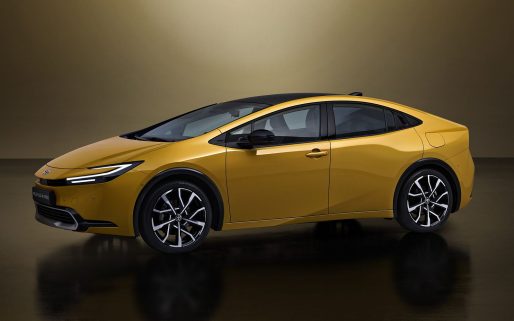
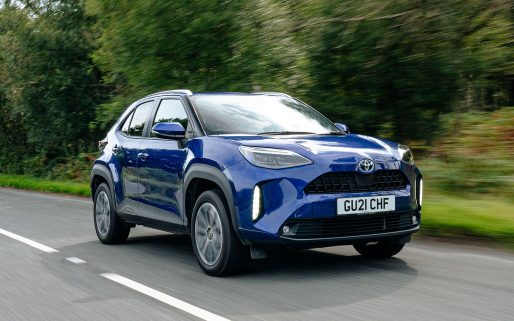

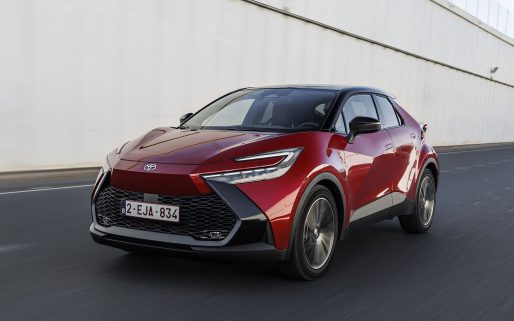
Have the interior plastics in the plugin been improved as in the new prius 2012
Has the suspension / ride been improved over the prius 2012
Hi whiteley,
The plastics on the interior of the Prius Plug-in are the same as in the 2012 Prius. Slight changes have been made to the suspension of the Plug-in to give the best ride possible. Although the suspension is the same in both cars, the Prius Plug-in is 50 kilos heavier and tweaks have been made to accommodate this.
We hope this helps.
On a long journey will the electric only battery recover charge via regenerative braking?
The range shown on the display when in EV mode increases when going downhill and I think the same is true when braking.
Hi Jayeff
Thank you for your question. When driving in Hybrid Vehicle (HV) mode, the Electric Vehicle (EV) range that may be available in the car can fluctuate up and/or down during normal driving conditions. So, the EV charge could be partially recovered through regenerative braking.
Many thanks.
Hi,
Totally understand this specific question was 9 years ago but I see the thread is still active!…
I see you say the battery will only partially re-charge; once flat will it ever fully re-charge if you say did a 400 mile trip on a full tank of petrol? Also, how much will it only partially re-charge under normal driving, would it ever get to half full capacity?
Hi,
The battery is too big to be fully recharged by the petrol engine and regenerative braking. If you want to fill the battery with significant charge, you’ll need to plug the car into either a domestic electricity supply (just over three hours for a full charge) or an EV charging point (about two hours). If you don’t have ready access to a charging point, we recommend a non-plug-in hybrid instead.
Thanks
Can Toyota supply longer charging cables? Mine is a tad too short for my garage?
Can Toyota tell purchasers when the options that they are taking orders on are going to be homologated, specifically the protection pack?
There has been a lot of news about the security of keyless systems being easily breached. What steps have Toyota taken to overcome the problem and can a manual key be used instead. The diagnostic out let in the car seems to be the real issue – cannot a secure key be inserted whether software or hardware. This problem has been known for several years
Hi whiteley,
Thank you for your comments. We have been looking into your query with the relevant departments. As soon as we have an answer for you, we will be sure to update you.
In the meantime, we hope you have a lovely weekend.
Many thanks.
Hi whiteley,
Thank you for your question.
All Toyota models meet or exceed the UK insurance industry requirements specified by Thatcham for vehicle security systems. We continue to work closely with such external companies to always ensure that our systems offer the best form of protection to your car.
Thank you.
Two questions:
1) would the plug-in be butch enough to tow a trailer (camping trailer 750Kg or similar)?
2) how big is it inside with the larger battery? Our car has to ship two adults, two kids and still have room for a mass of kid-related-baggage
Cheers
arvo
Hi arvo,
Thanks for your questions.
The Prius Plug-in isn’t designed to tow. As a hybrid vehicle, it is designed for eco-driving and efficient aerodynamics. Installation of the compact battery has allowed for a loadspace deck on a par with New Prius, with a luggage capacity of 443 litres.
We hope this helps.
EV city mode allows ‘more forceful use of the throttle’ according to the bulletin. Are there any other benefits and does this drain the battery quicker?
Hi Robin,
Thanks for your question.
The EV-CITY mode allows the vehicle to remain in EV (Electric Vehicle) mode for longer without the petrol engine providing assistance, so it allows more forceful use of the throttle before the petrol engine kicks in. This mode maximises zero emissions in urban driving conditions and also accommodates the zero emission zones that are starting to be introduced in Europe. The EV-CITY mode remains in EV for longer (rather than using the full hybrid system) so naturally the electric battery range will drop quicker compared to using the EV mode.
We hope this helps.
Hi David George,
Thank you for your question. We recommend you speak with your Local Dealer, who will have further information regarding potential future availability. Here is the link: http://ow.ly/cIlOk.
Many thanks.